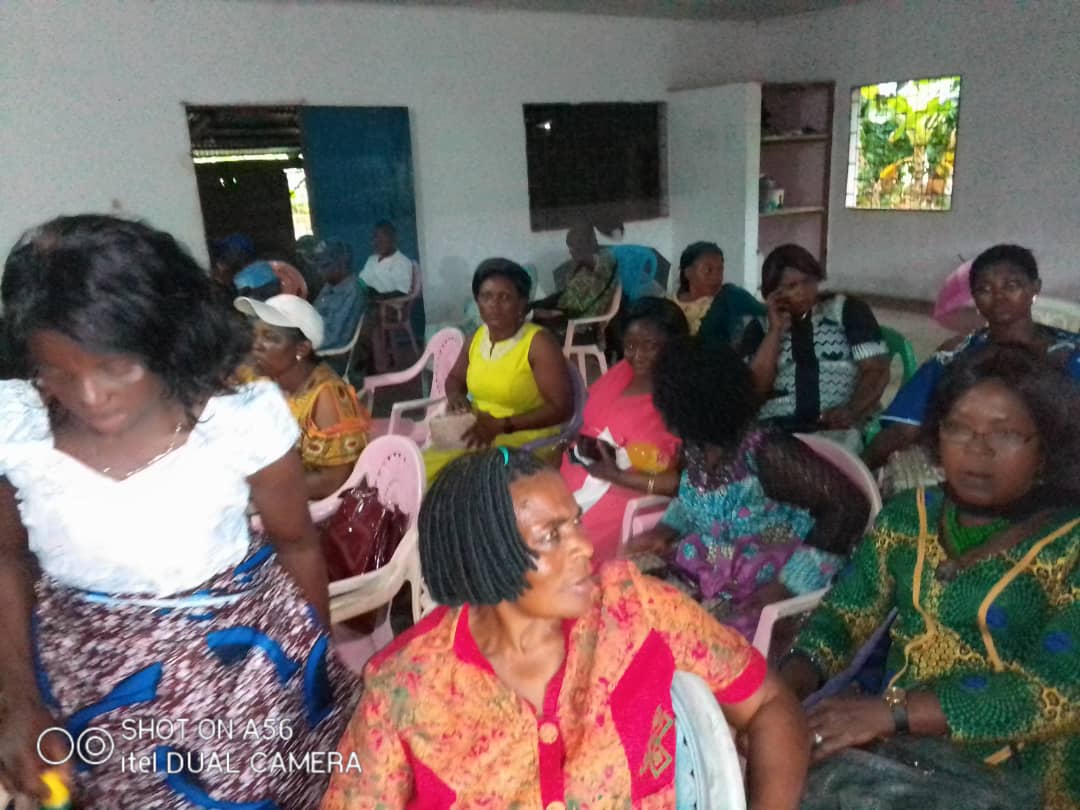
Beyond Aid: Building Resilient Communities Through Education, Health, and Economic Empowerment
In an increasingly interconnected and complex world, the traditional model of development aid is no longer sufficient to address the root causes of poverty, inequality, and community vulnerability. While humanitarian aid remains critical during emergencies, true transformation occurs when communities are equipped with the tools, knowledge, and resources to shape their own futures. This approach—one that goes beyond aid—emphasizes resilience, sustainability, and empowerment through three core pillars: education, health, and economic empowerment.
1. Understanding Community Resilience
Community resilience is the ability of a group of people to recover from adversity, adapt to change, and grow stronger in the process. Whether facing natural disasters, socio-economic shocks, or public health crises, resilient communities are better positioned to respond to and recover from challenges. At the heart of resilience lies investment in human capital, infrastructure, and local institutions—areas that are strengthened significantly through integrated development efforts.
2. The Power of Education: Igniting Minds and Opportunities
Education is the cornerstone of sustainable development and resilience. It empowers individuals with the knowledge and skills needed to improve their lives and communities. For vulnerable populations, especially in rural or marginalized regions, access to quality education can mean the difference between generational poverty and upward mobility.
Key Initiatives:
-
After-school tutoring programs to support children who struggle academically.
-
Adult literacy workshops to help older generations engage in economic and civic life.
-
Scholarship programs targeting underserved students, especially girls and youth from low-income families.
Impact:
-
In many communities, these efforts have resulted in improved academic performance, higher enrollment in vocational training and tertiary education, and increased confidence among youth to pursue entrepreneurial and leadership opportunities.
3. Community Health and Wellness: The Foundation of Productivity
Health is a fundamental human right and a prerequisite for sustainable development. A healthy population is more capable of learning, working, and contributing to the community. However, many underserved areas lack access to even basic healthcare services.
Core Strategies:
-
Free community health clinics providing medical checkups, immunizations, and treatment.
-
Sanitation and hygiene campaigns involving the construction of public toilets, distribution of hygiene kits, and awareness programs on nutrition and mental health.
-
Mobile outreach services to reach remote and rural areas.
Results:
-
Reduction in waterborne and communicable diseases.
-
Increased awareness and practice of healthy lifestyles.
-
Higher rates of early diagnosis and treatment of illnesses.
By focusing on preventive care and health education, communities become more resilient to epidemics and other public health emergencies.
4. Economic Empowerment: From Dependence to Independence
Economic empowerment is about giving people the means to generate income, create wealth, and support their families sustainably. It shifts communities away from reliance on external aid toward self-sufficiency.
Empowerment Initiatives:
-
Microfinance programs that provide low-interest loans to women-led businesses and startups.
-
Small business grants to local entrepreneurs for expansion and innovation.
-
Training in sustainable agriculture, crop diversification, and eco-friendly practices to enhance food security and income generation.
Measured Outcomes:
-
Increased revenue and profitability for local businesses.
-
Creation of new jobs and employment opportunities.
-
Improved agricultural output and environmental stewardship.
These interventions enable communities to build robust local economies that are inclusive, environmentally responsible, and resilient to economic shocks.
5. The Integrated Approach: Synergy for Long-Term Change
What makes the strategy of going “beyond aid” particularly powerful is its holistic nature. Education, health, and economic development are deeply interconnected. A child who is educated is more likely to lead a healthy life. A healthy individual is more likely to be economically productive. A financially stable family is more likely to prioritize education and health. This creates a virtuous cycle of resilience and sustainable development.
Case in Point:
Organizations like the Multi-purpose Projects for Sustainable Development Association (MUSUD) exemplify this model. Since its formation in 2016, MUSUD has worked in regions like the South West and North West of Cameroon, navigating crises and pandemics to deliver integrated programs in education, healthcare, and economic development. The association has supported thousands through infrastructure development, renewable energy projects, literacy programs, and more—anchoring resilience in the very fabric of community life.
6. Looking Forward: Sustainable Solutions for Generational Impact
Building resilient communities is not a one-time event—it is a continual process that requires adaptive learning, strong local leadership, and sustained partnerships. As we look toward the future, the focus should be on:
-
Strengthening grassroots organizations and community-based leadership.
-
Scaling innovative, tech-driven solutions in education, health, and agriculture.
-
Fostering inclusive development that prioritizes gender equality and the needs of marginalized groups.
-
Integrating climate resilience strategies to protect gains against environmental risks.
Conclusion
The world is evolving, and so must our approach to development. Moving beyond aid doesn’t mean abandoning support—it means transforming it. By prioritizing education, healthcare, and economic empowerment, we can foster truly resilient communities—capable not just of surviving but thriving in the face of any challenge.
Through collective commitment and innovation, we can rewrite the future of development—one empowered community at a time.

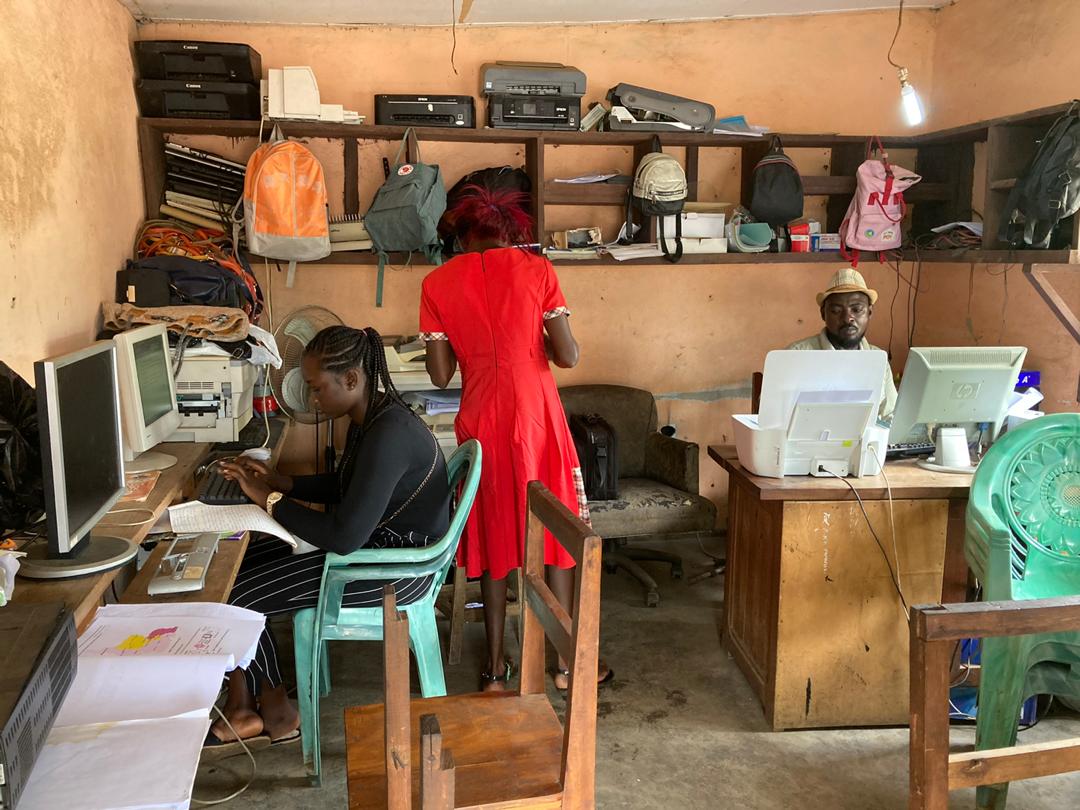
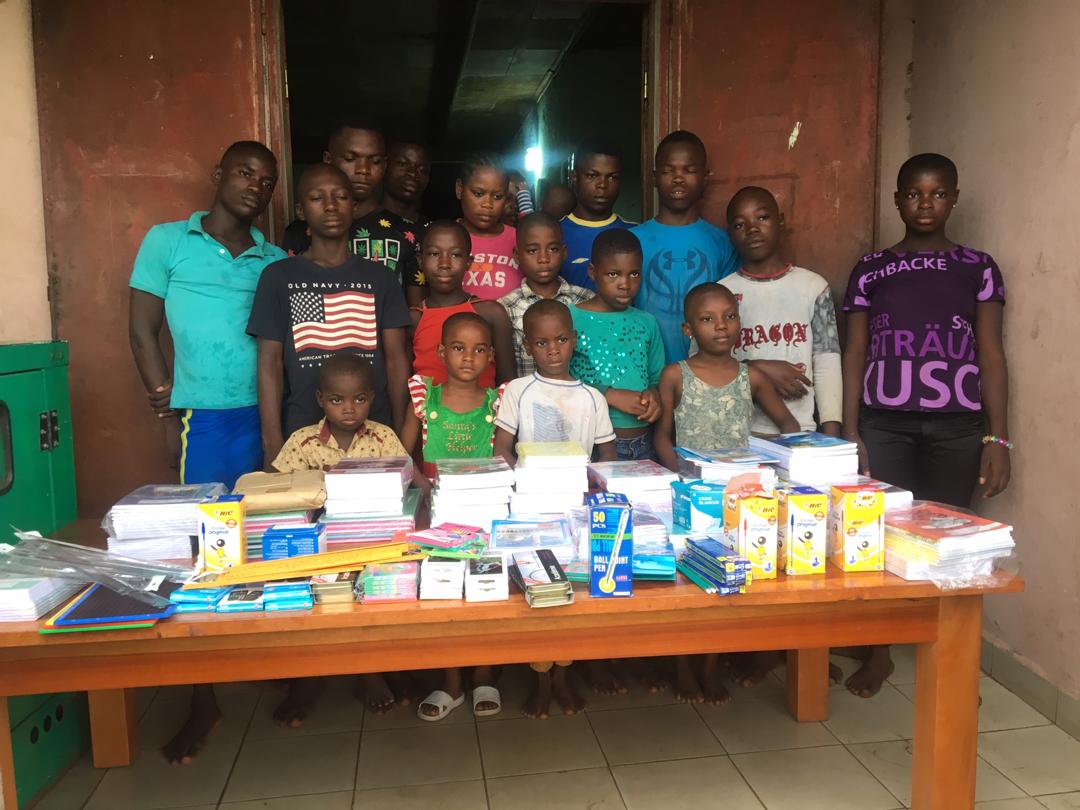


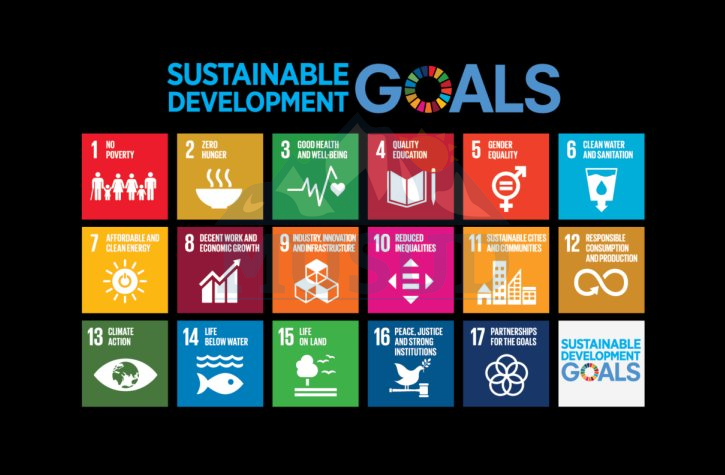
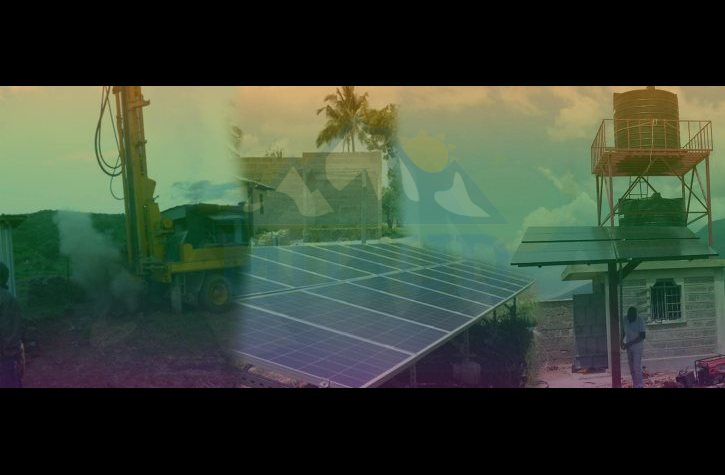
Comments on Post